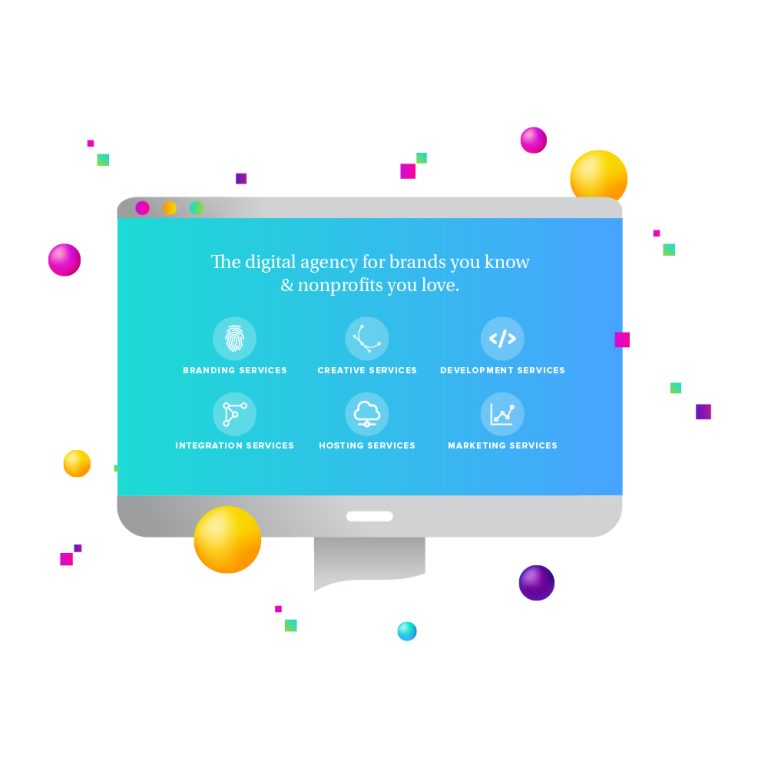In today’s digital age, social media has become a powerful platform for communication and information dissemination. Protecting your brand reputation online has become critical.
While social media can be a boon for brands, allowing them to connect with their audience and build a positive image, it can also be a double-edged sword. Negative posts, comments, and reviews on social media can spread quickly and potentially harm your brand reputation. Therefore, it’s crucial for brands to proactively manage bad publicity on social media to protect their brand reputation and maintain customer trust.

Protect Your Brand Reputation on Social Media
1. Assess the Situation
The first step in managing bad publicity on social media is to assess the situation. Brands should proactively monitor social media channels to identify any negative mentions, comments, or reviews about their brand. This can be done by setting up social listening tools or regularly checking social media platforms for mentions of the brand. Once a negative post or comment is identified, it’s essential to evaluate the scope and severity of the situation, including the credibility of the source.
For example, when a video of a customer finding a dead mouse in a loaf of bread from a well-known bakery chain went viral on social media, the brand quickly assessed the situation and verified the authenticity of the video. They then took swift action to address the issue and reassure their customers, mitigating the potential damage to their reputation.
2. Respond Promptly and Appropriately
Time is of the essence when it comes to managing bad publicity on social media. Brands should respond promptly and appropriately to negative posts or comments to demonstrate that they take customer concerns seriously. Delayed or inadequate responses can exacerbate the situation and further damage the brand’s reputation.
In their response, brands should adopt an empathetic and professional tone, acknowledging the issue and expressing genuine concern. It’s essential to avoid defensive or confrontational language that can escalate the situation. Providing accurate and relevant information to address the concern and offering solutions or next steps can help alleviate the situation.
For instance, when a major fast-food chain received negative comments on social media about a customer finding a foreign object in their food, the brand responded swiftly with a sincere apology, acknowledged the mistake, and assured customers that they would investigate the issue thoroughly and take corrective action. They also provided a contact email for customers to reach out for further assistance, showcasing a prompt and appropriate response.
3. Take the Conversation Offline
While it’s important to respond to negative posts or comments publicly, it’s also crucial to take the conversation offline to resolve the issue in a personalized and confidential manner. Brands should request to move the conversation to a private channel, such as direct messages or email, to address the customer’s concerns more effectively.
For example, a luxury hotel chain received a negative review on social media from a dissatisfied guest who had a poor experience during their stay. The brand responded publicly, acknowledging the guest’s concerns, and requested to take the conversation offline by providing a contact email. They then promptly followed up with the guest via email, resolving the issue to the guest’s satisfaction and maintaining their privacy.
4. Be Transparent and Authentic
Transparency and authenticity are crucial in managing bad publicity on social media. Brands should be honest and transparent about the situation, admit mistakes, and take responsibility for any errors or shortcomings. Trying to cover up or deny the issue can further damage the brand’s reputation and credibility.
For instance, when a well-known smartphone manufacturer faced criticism on social media for battery performance issues in one of their flagship models, they acknowledged the issue, provided detailed information about the cause, and outlined their plan for resolving the problem. They also offered a transparent timeline for the resolution, showing authenticity and accountability in their response.
5. Turn the Negative into a Positive
While bad publicity can be damaging, it can also present an opportunity for brands to turn the situation around and showcase their commitment to customer satisfaction. Brands should focus on finding a solution and turning a negative experience into a positive one for the customer.
For example, a clothing brand received negative comments on social media regarding a delayed shipment and poor customer service. Instead of simply apologizing, the brand proactively reached out to the affected customers, offered compensation, and expedited the shipment. They also implemented measures to improve their customer service and communication process, turning the negative feedback into a positive outcome and showcasing their dedication to customer satisfaction.
6. Learn from the Experience
Managing bad publicity on social media should not be seen as a one-time fix, but as a learning experience for brands. It’s crucial to analyze and learn from the situation to identify any systemic issues or gaps in processes and take corrective action to prevent similar incidents in the future.
For example, when a restaurant chain faced negative comments on social media about food safety concerns, they conducted an internal investigation, made necessary improvements in their food handling processes, and implemented regular staff training programs. They also communicated the steps taken to their customers, demonstrating their commitment to continuous improvement, and learning from the experience.
In today’s social media-driven world, bad publicity can spread quickly and significantly impact your brand reputation. However, with proactive monitoring, prompt and appropriate responses, transparency, and a focus on finding solutions, brands can effectively manage bad publicity on social media and turn a potentially damaging situation into an opportunity to showcase their commitment to customer satisfaction. By learning from the experience and taking corrective action, brands can safeguard their reputation and maintain customer trust in the digital age.



